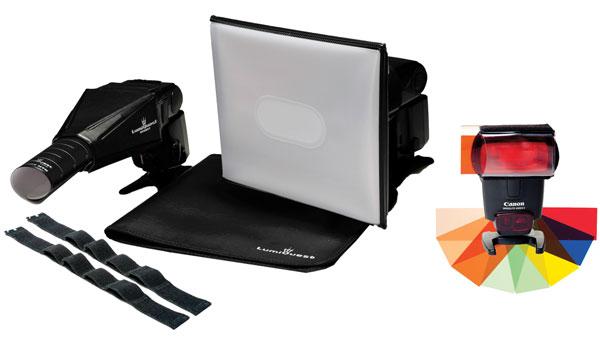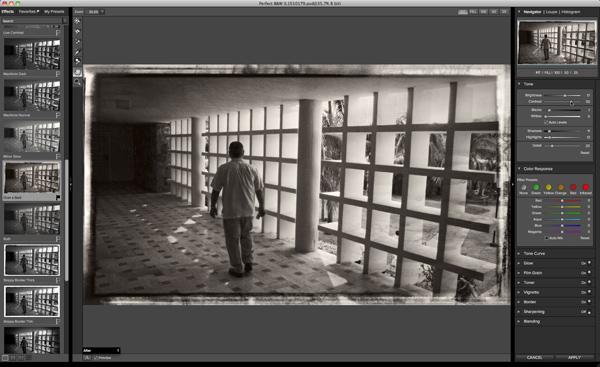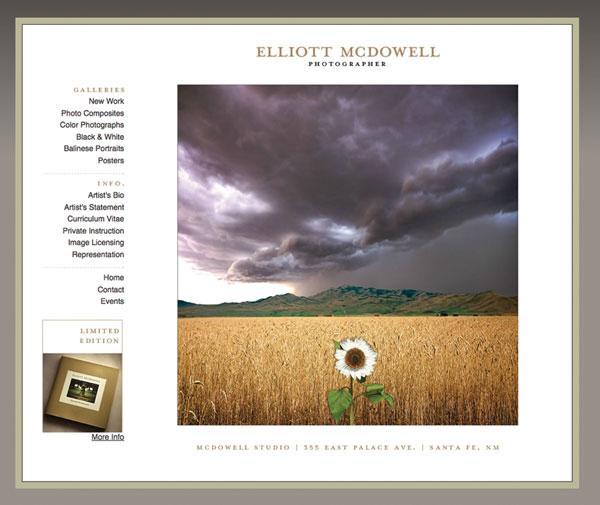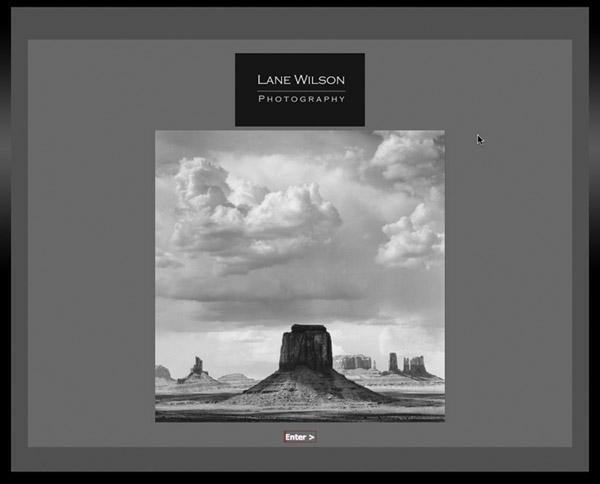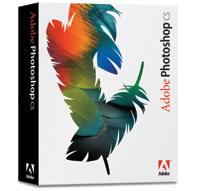Joe Farace
Sort By: Post Date | Title | Publish Date
|
Jun 25, 2013 |
First Published: May 01, 2013
|
Apr 05, 2013 |
First Published: Mar 01, 2013
|
Sep 27, 2013 |
First Published: Aug 01, 2013
|
Dec 24, 2013 |
First Published: Nov 01, 2013
|
Mar 04, 2014 |
First Published: Jan 01, 2014
|
Oct 31, 2012 |
First Published: Sep 01, 2012
|
Feb 01, 2013 |
First Published: Dec 01, 2012
|
Mar 01, 2011
